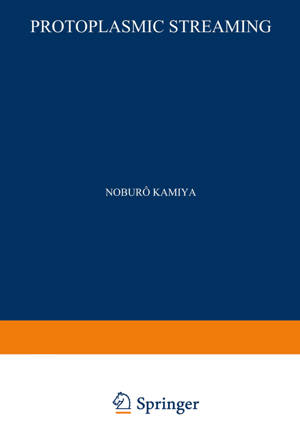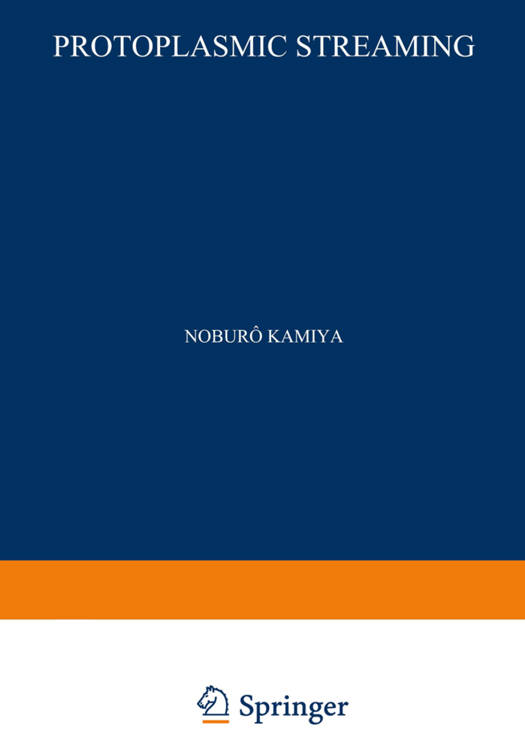
- Afhalen na 1 uur in een winkel met voorraad
- Gratis thuislevering in België vanaf € 30
- Ruim aanbod met 7 miljoen producten
- Afhalen na 1 uur in een winkel met voorraad
- Gratis thuislevering in België vanaf € 30
- Ruim aanbod met 7 miljoen producten
Zoeken
Protoplasmic Streaming
Noburo Kamiya
Paperback | Engels | Protoplasmatologia Cell Biology Monographs | Physiologie des Protoplasmas | nr. 8
€ 105,45
+ 210 punten
Omschrijving
Since CORTI (1774) observed for the first time a streaming in plant cells, a history oJ mnre than 180 years has already elapsed in the study of proto- plasmic streaming. Durling this period of time, many experiments have been conducted and various discussions have been made nn prntoplasmic streaming, each of them within the limits of the knowledge and techniques of its own times and mnre or less under the influence of the ideas that pre- vailed then. With such a long history of research, in spite of all the interest and efforts that have been devoted to it by many, the mechani'sm of this in- triguing and complicated binlogical phenomenon is still left far from clear. It is an undeniable fact that one important factor stood in the way in analysing this phenomenon, that is, the limitations in the techniques ap- plicable to thi, s research. Another factor lay in the fact that we still have not enough knowledge about the protoplasm regar1ding its structural organisation, mechanochemistry, energetics, rheology, etc., all of which con- stitute basic problems in understanding the nature of the streaming.
Specificaties
Betrokkenen
- Auteur(s):
- Uitgeverij:
Inhoud
- Aantal bladzijden:
- 200
- Taal:
- Engels
- Reeks:
- Reeksnummer:
- nr. 8
Eigenschappen
- Productcode (EAN):
- 9783211805244
- Verschijningsdatum:
- 1/01/1959
- Uitvoering:
- Paperback
- Formaat:
- Trade paperback (VS)
- Afmetingen:
- 170 mm x 244 mm
- Gewicht:
- 331 g

Alleen bij Standaard Boekhandel
+ 210 punten op je klantenkaart van Standaard Boekhandel
Beoordelingen
We publiceren alleen reviews die voldoen aan de voorwaarden voor reviews. Bekijk onze voorwaarden voor reviews.











